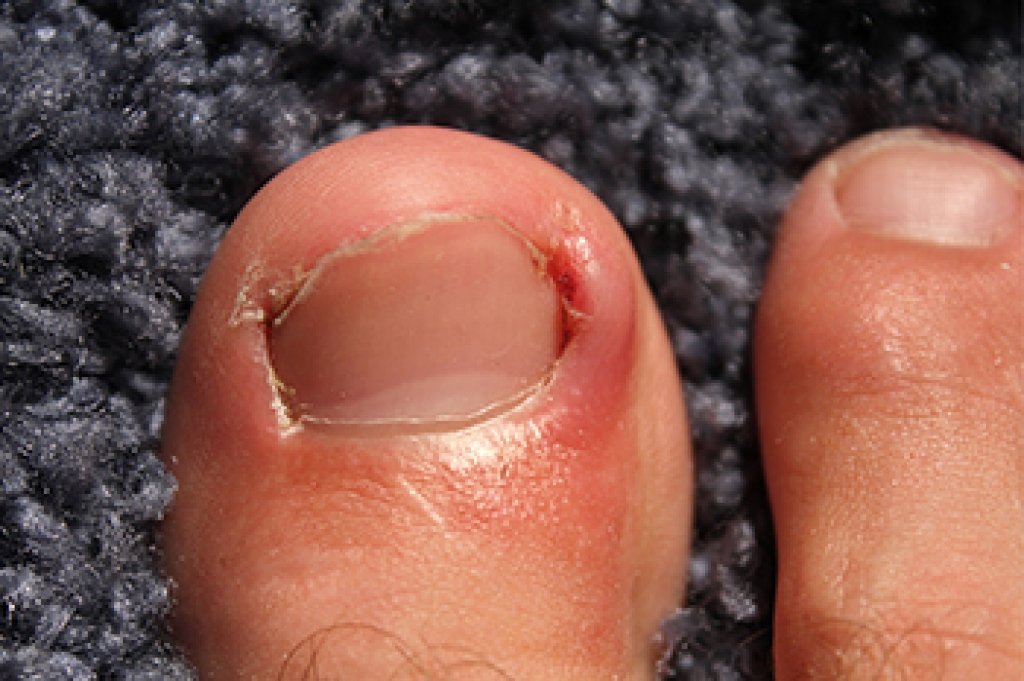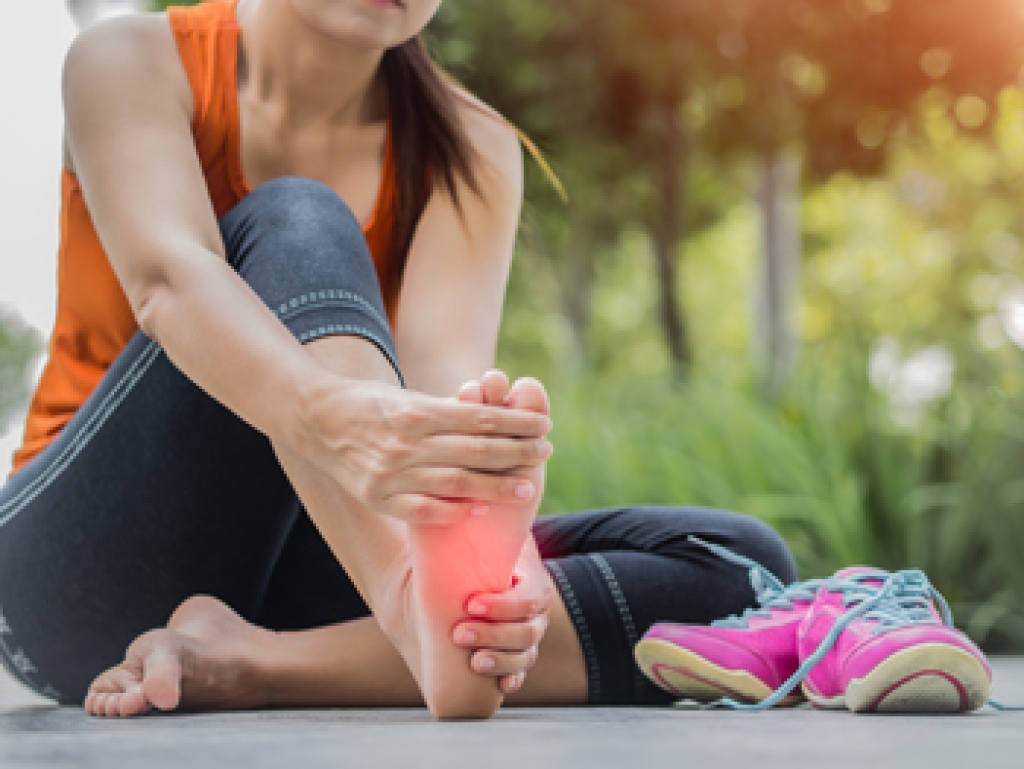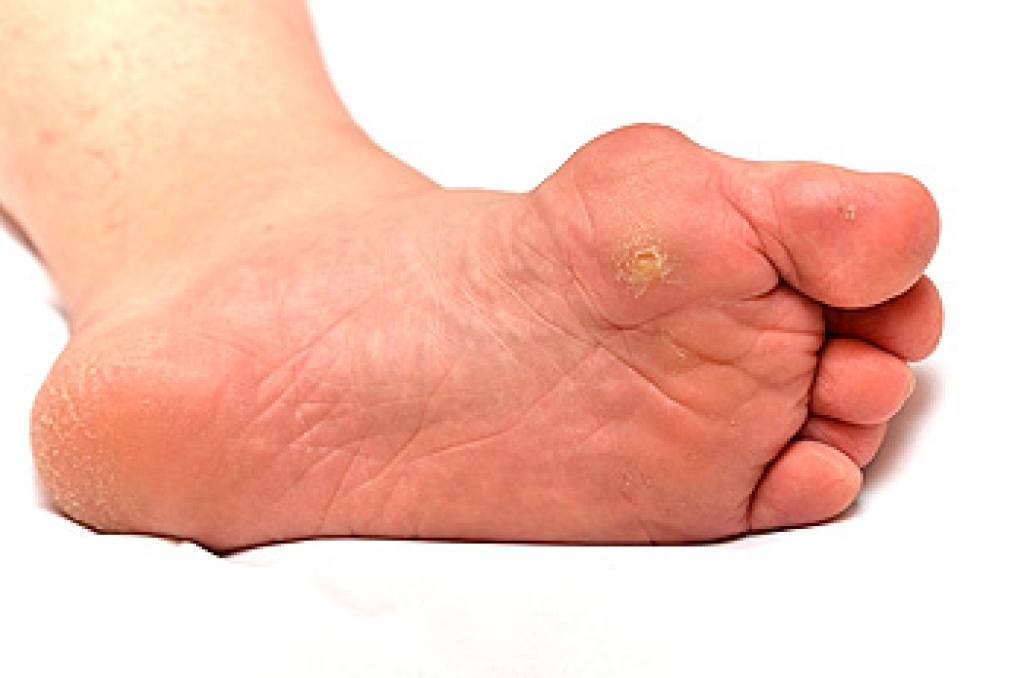
An ingrown toenail is a condition where the edge of a toenail grows into the surrounding skin, causing irritation and pain. While mild cases may seem to improve temporarily, ingrown toenails rarely heal on their own and often worsen without proper care. Common causes include improper nail trimming, tight footwear, toe injuries, and inherited nail shape. Symptoms may include redness, swelling, tenderness, drainage, and signs of infection around the nail border. Walking or wearing shoes can become uncomfortable as the condition progresses. A podiatrist can help by safely removing the ingrown portion of the nail, treating infection, and preventing recurrence through corrective procedures and education. If you have ongoing toe pain, swelling, or signs of infection, it is strongly suggested that you promptly consult a podiatrist who can offer effective treatment solutions, which may include minor surgery for nail removal.
Ingrown toenails may initially present themselves as a minor discomfort, but they may progress into an infection in the skin without proper treatment. For more information about ingrown toenails, contact Mack Jay Groves IV, DPM of Practice. Our doctor can provide the care you need to keep you pain-free and on your feet.
Ingrown Toenails
Ingrown toenails are caused when the corner or side of a toenail grows into the soft flesh surrounding it. They often result in redness, swelling, pain, and in some cases, infection. This condition typically affects the big toe and may recur if it is not treated properly.
Causes
- Improper toenail trimming
- Genetics
- Improper shoe fitting
- Injury from pedicures or nail picking
- Abnormal gait
- Poor hygiene
You are more likely to develop an ingrown toenail if you are obese, have diabetes, arthritis, or have any fungal infection in your nails. Additionally, people who have foot or toe deformities are at a higher risk of developing an ingrown toenail.
Symptoms
Some symptoms of ingrown toenails are redness, swelling, and pain. In rare cases, there may be a yellowish drainage coming from the nail.
Treatment
Ignoring an ingrown toenail can have serious complications. Infections of the nail border can progress to a deeper soft-tissue infection, which can then turn into a bone infection. You should always speak with your podiatrist if you suspect you have an ingrown toenail, especially if you have diabetes or poor circulation.
If you have any questions, please feel free to contact our office located in Covington, LA . We offer the newest diagnostic and treatment technologies for all your foot care needs.




